This unique experience allows visitors to immerse themselves in a hot “hot pot” made from ingredients such as chili, milk, jujube or wolfberry – familiar ingredients in nutritious Chinese dishes.
In Harbin, a resort in Heilongjiang province, made headlines in October when it introduced a two-tone “mandarin duck hotpot”-style bath. Like a hotpot split in half in a restaurant, the 5-meter-wide pool is divided into two parts, one half bright red and the other half ivory white.
The red “hot pot” broth contains chili, eggplant and cabbage, representing the characteristic spicy taste, while the white half is mixed with milk, jujube and wolfberry - evoking a sense of elegance and comfort.
According to resort staff, the red color is actually made from rose petals, which are replaced every day to ensure freshness and safety for the skin.
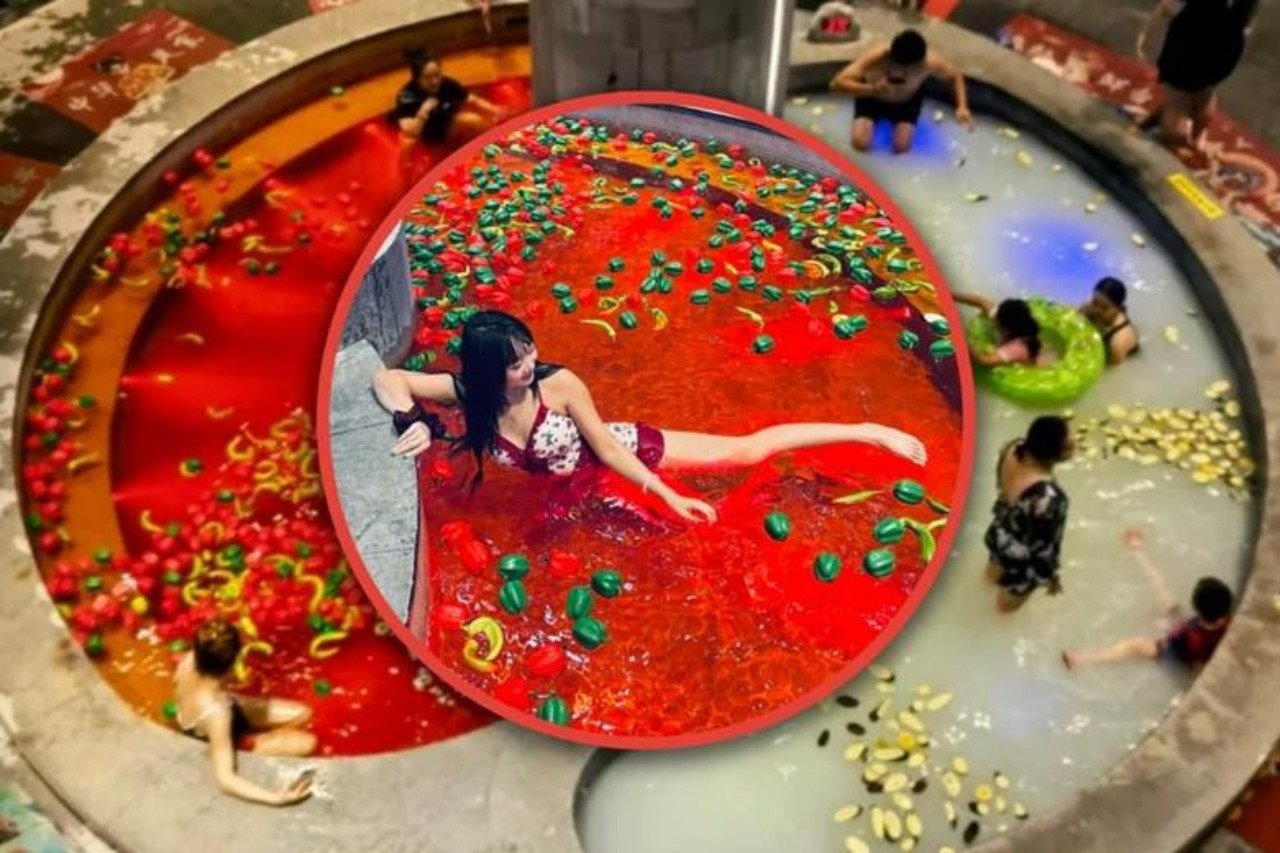
“The chili used is mild, helping to promote blood circulation and increase metabolism. The milk helps to moisturize and soften the skin,” said a representative of the resort.
The entrance fee to this scenic area is about 160 yuan (about 600 thousand dong), including the use of the hot pot bath, sauna and buffet. The service has no time limit, but visitors are advised to only soak for 15-20 minutes at a time to avoid overheating.
The combination of tradition and creativity
“Hot pot bath” is introduced as a modern variation of “medicinal bath”, a traditional therapy that has existed for thousands of years in Chinese medicine. This method uses steam or boiled herbal water to absorb nutrients through the skin, helping to prevent disease and improve health.
According to ancient medical books, herbs such as ginger, mugwort or mint are often used to dispel cold wind, reduce pain and increase resistance. Meanwhile, “hot pot bathing” applies the same principle, but is more vividly expressed through the image of China’s national dish – hot pot.

Although there is no scientific evidence to confirm the effects of soaking in milk or chili, many people believe that these ingredients have a relaxing effect.
After the image of the “lovely hotpot” went viral on social media, many visitors shared their feelings. One user commented: “The experience was very pleasant, the water was just warm enough, the steam smelled of herbs, making the body feel relaxed.”
However, some people believe that using real ingredients such as chili and milk is “food waste”, suggesting that they should be replaced with fake materials to protect the environment.
Experts say the emergence of “hot pot bathing” shows that the demand for new relaxation methods is increasing in China.
After the Covid-19 pandemic, many people pay more attention to physical and mental health, and look for experiential activities that are both entertaining and self-care.
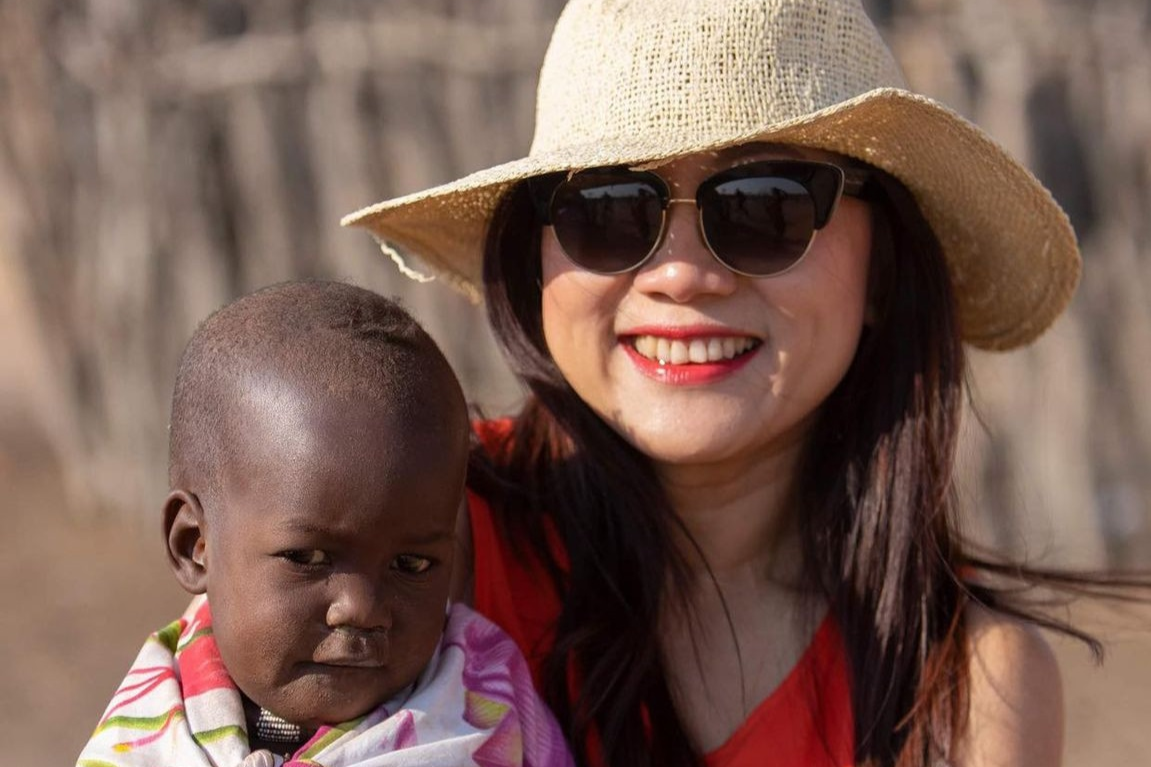
Source: https://vietnamnet.vn/trai-nghiem-tam-lau-gay-sot-du-khach-ngam-minh-trong-nuoc-pha-ot-va-sua-2457599.html




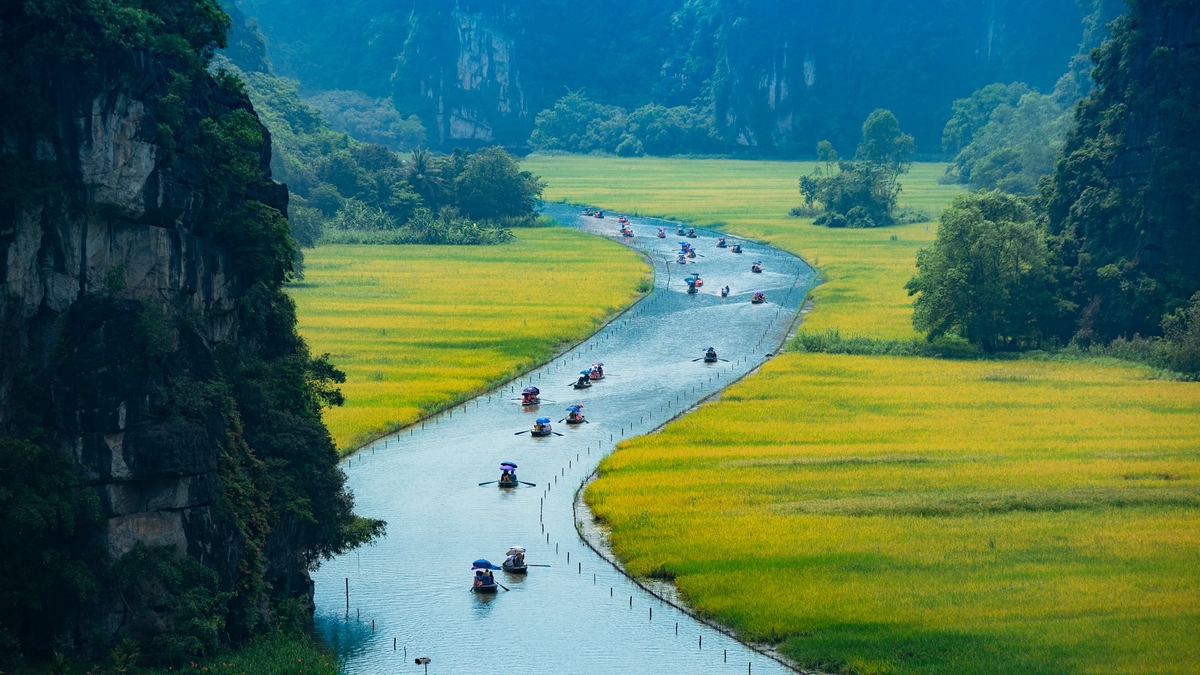
![[Photo] Prime Minister Pham Minh Chinh attends the 5th National Press Awards Ceremony on preventing and combating corruption, waste and negativity](https://vphoto.vietnam.vn/thumb/1200x675/vietnam/resource/IMAGE/2025/10/31/1761881588160_dsc-8359-jpg.webp)
![[Photo] Da Nang: Water gradually recedes, local authorities take advantage of the cleanup](https://vphoto.vietnam.vn/thumb/1200x675/vietnam/resource/IMAGE/2025/10/31/1761897188943_ndo_tr_2-jpg.webp)
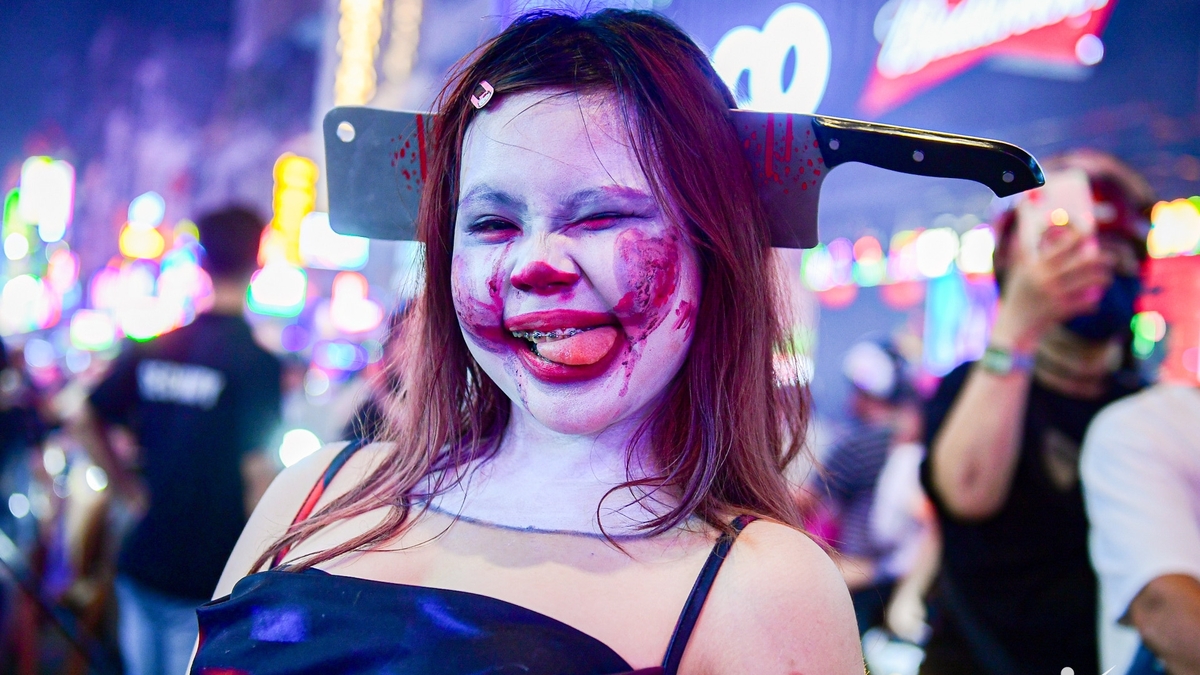


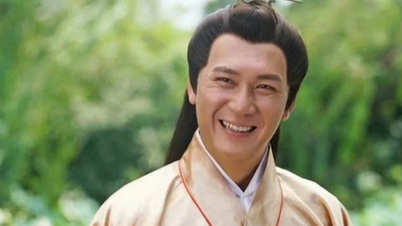






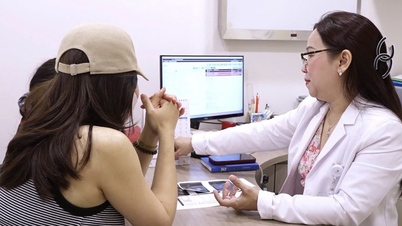

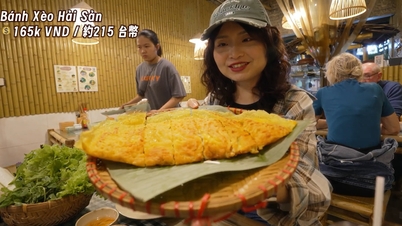
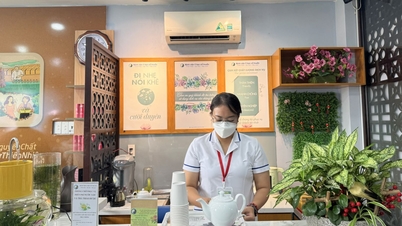


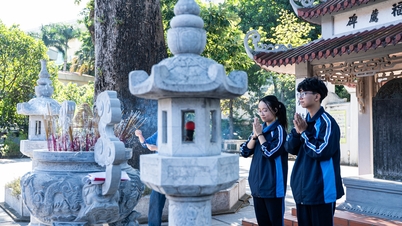










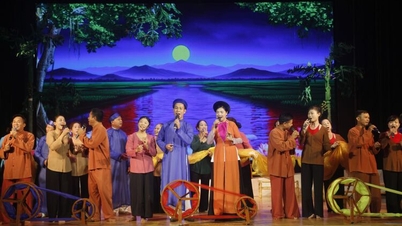

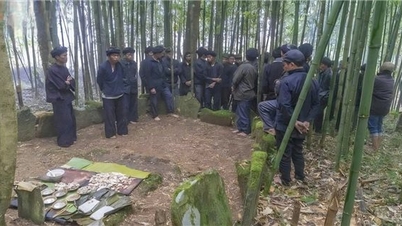

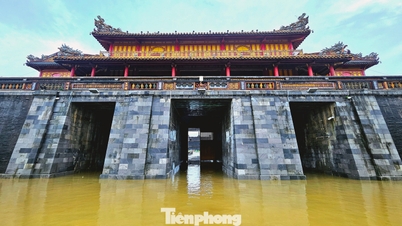

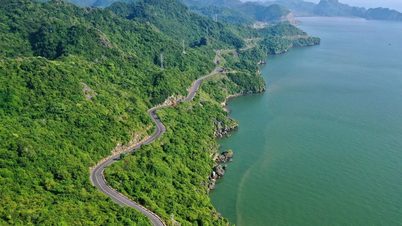

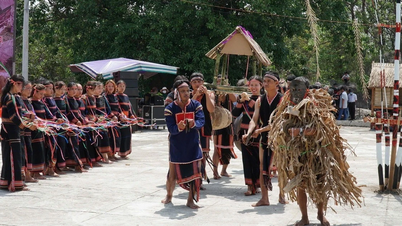


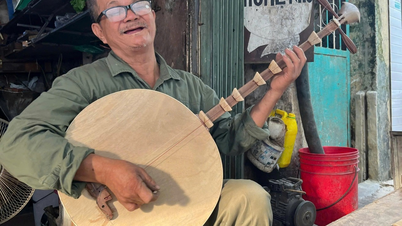









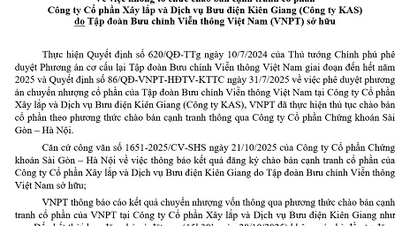


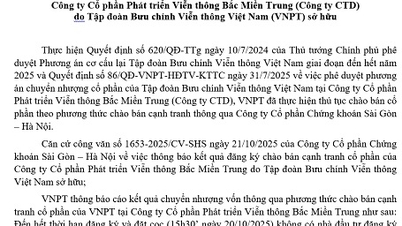
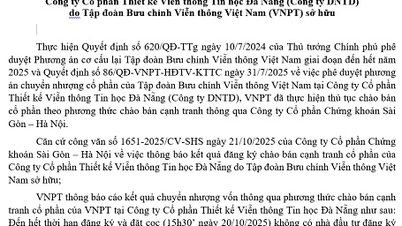






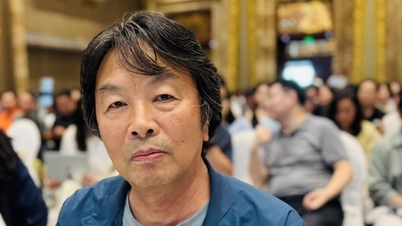


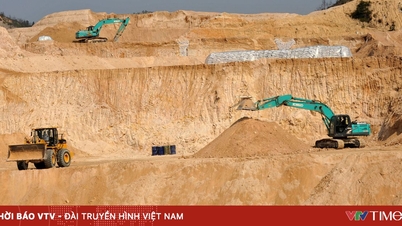



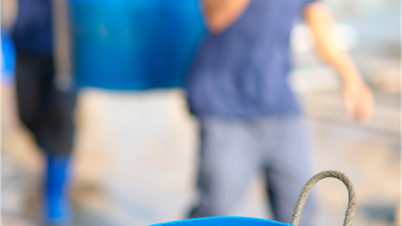





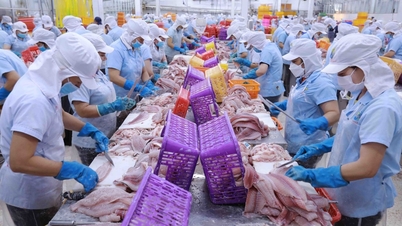





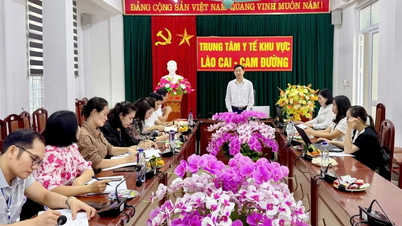
















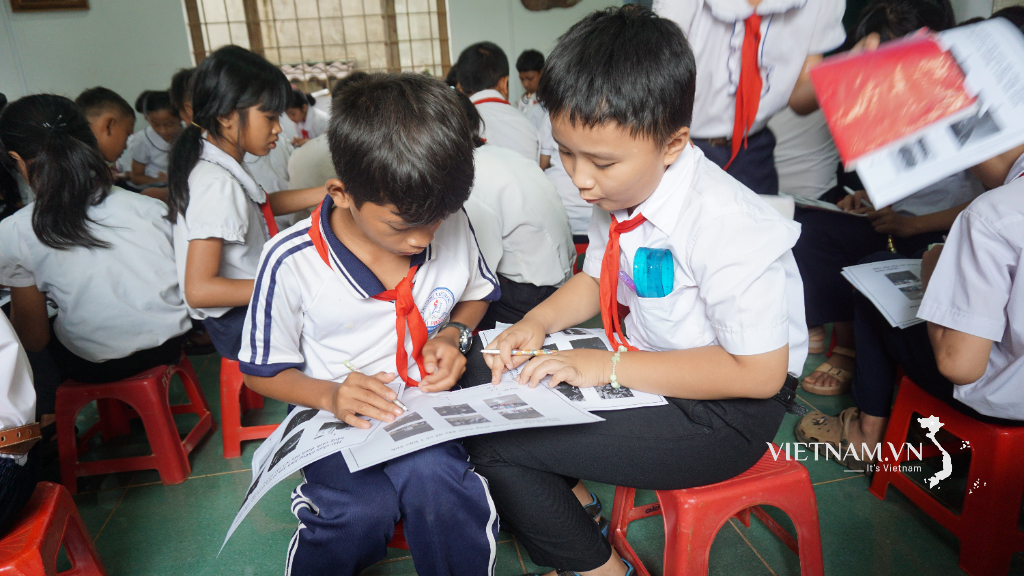
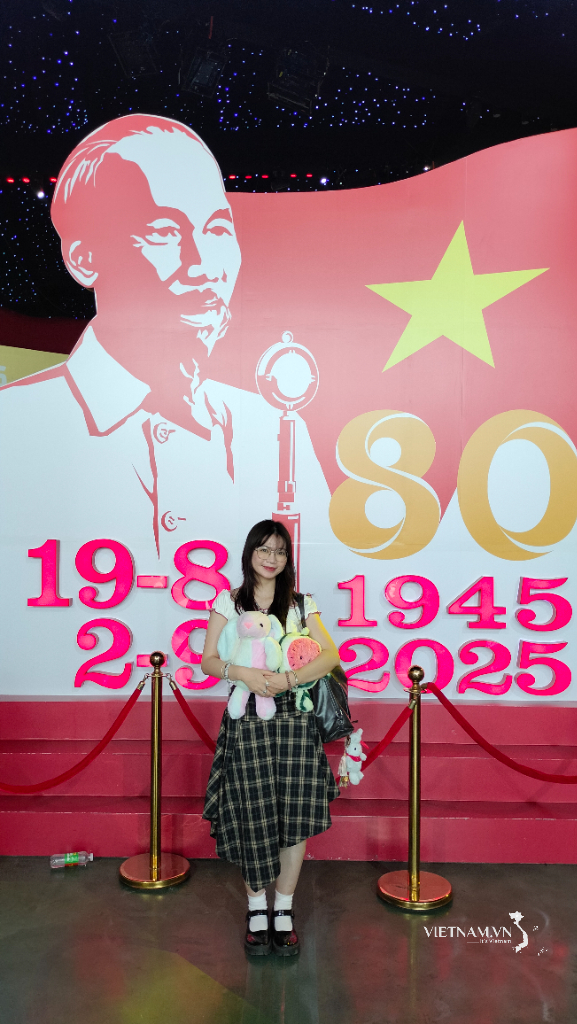

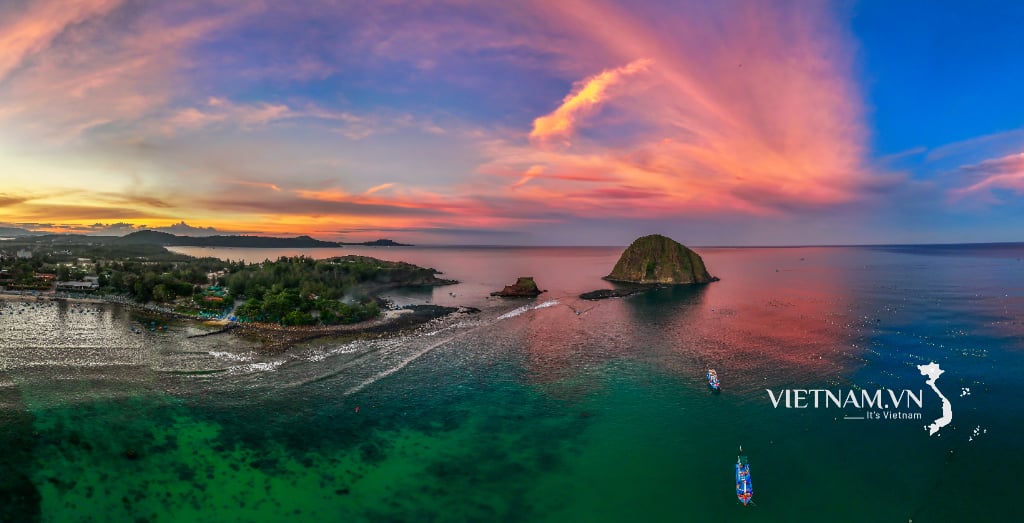
Comment (0)